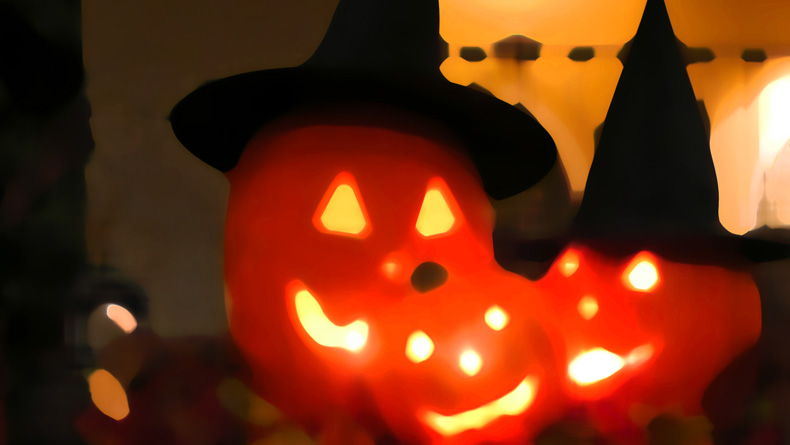Halloween 2013 in Tokyo
Around 2,000 years ago, ancient Celtic tribespeople in Ireland began celebrating Samhain, which in the Irish language means “end of summer.” October 31 was actually their New Year’s Eve, with the calendar starting on November 1. The day also marked the yearly harvest, and with larders full and a last chance to celebrate before winter, the Celts made Samhain their biggest and most celebrated holiday.
Cattle were slaughtered and feasts were had to commemorate the passing of the seasons, as well as the ancestors and the Celtic deities. Matchmaking, fortune telling, singing and dancing were just some of the activities synonymous with Samahain.
Spirits, Ghosts and Ghouls
On the evening before the new year began, the Celts believed that there was a spiritual gap or chance for ancestors and spirits (both good and mischievous) to travel back to the world of the living for one night. Traditions began springing up such as leaving food and drink out for one’s ancestors, or building bonfires away from dwellings to lure the more troublesome spirits away from the village. People also took to the wearing of costumes and masks while outside in case they met a spirit on the road, the theory being that they could confuse the spirits that they were with one of their own.
As the years went by and Christianity was introduced into Ireland, All Saints Day was marked on November 1 to coincide with the pagan tradition, and Samhain became known as All Hallows’ Eve, or Halloween. The tradition also spread across the world and mixed with other indigenous festivals to become the event that it is today. In the United States, Halloween became a festival geared toward young people and the playing of games. Trick-or-treating was introduced to combat the vandalism which sometimes took place on Halloween. This proved successful in making the festival more community-based and peaceful.
In Japan, Halloween has a strong appeal, and has in recent years become popular with people of all ages, who enjoy dressing up at Halloween events such as parades, parties, school events and clubbing at Japan’s night hotspots.
Whether you’re celebrating the harvest, marking the changing seasons, honoring the spirits, or just looking for a good excuse to party, we wish you an “Oíche samhain shona duit” or happy Halloween! For a fantastic way to celebrate with large groups of friends and strangers, check out Tokyo’s biggest Halloween parades, which are great fun for the whole family.
Roppongi Hills Halloween Parade
Join the parade of the cutest witches and ghosts you’ve ever seen! Free candy treats for all costumed kids in the parade.
Where: Roppongi Hills Arena
When: Sat, Oct. 26, 11 a.m.-2 p.m. (canceled in the case of rain)
Admission: Free!
Tokyo Omotesando Hello Halloween Pumpkin Parade 2013
Omotesando Avenue is closed to traffic so kids under 12 can parade in costume. Whether you’re joining in or just watching, it’s a great time for people of all ages.
Where: All around Harajuku and Omotesando
When: Sun, Oct. 27, 11 a.m.-5 p.m.
Admission: Free!













Leave a Reply